Whitetail deer are hungry animals, and will usually eat the leaves, stems, seeds, and fruit of a large variety of plants and trees.
In addition to a food source, these deer also love and prefer certain trees for shelter and habitat.
When considering your land to use for Texas hunting leases or a hunter looking for the ideal hunting lease, this article will help you.
Deer will often choose these Texas trees based on many factors, such as:
Abundance
Several management practices can be conducted within properties to ensure that cover and food are available throughout the year. Because acorns are an especially important food and energy source for deer during the fall and winter, it is essential to conduct management practices that favor a diversity of oaks, as well as soft-mast producing trees and shrubs beneficial to deer.
Precipitation
Regenerating important oak trees species requires adequate water sources and precipitation. This also improves deer habitat.
Quality of habitat
The ability of a property and the surrounding landscape to support a white-tailed deer population is largely influenced by the type of vegetation present and the land-use decisions being made around the area.
Food
Although white-tailed deer are very adaptable animals, they do have essential requirements for food, cover and water. The first two are provided throughout the year by a mixture of plant and tree communities.
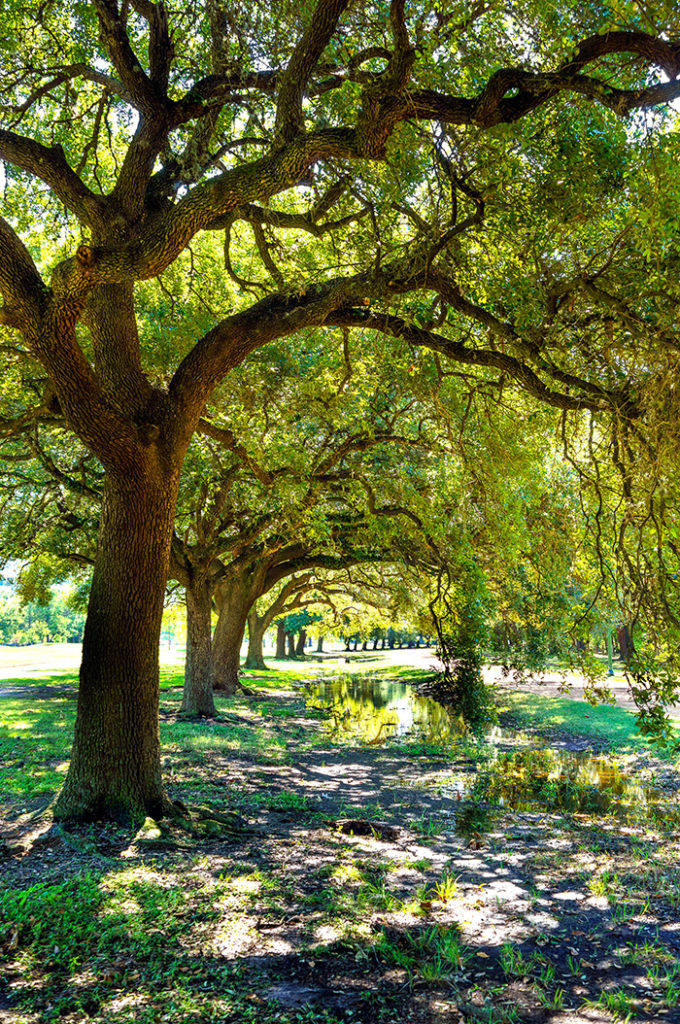
Popular Native Texas Trees
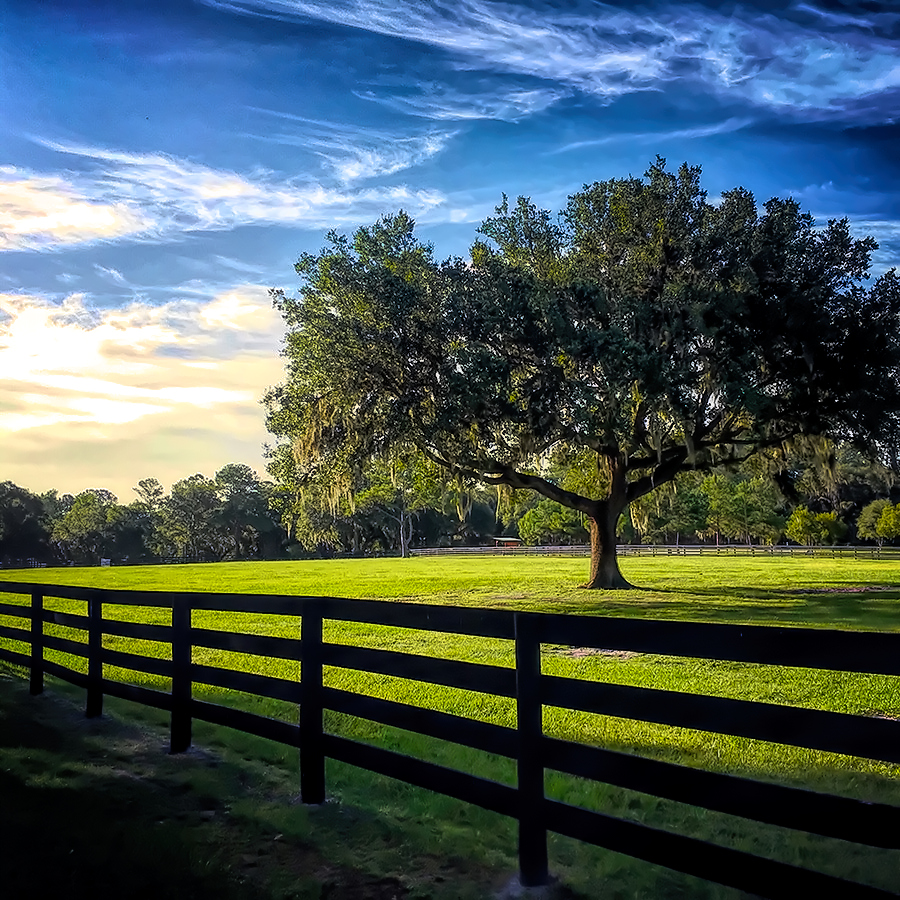
The biggest reason deer love these trees is for the acorns they produce.
Live Oak Trees
Live oaks are native trees in Texas that can also be found throughout most of the United States.
Live oak trees are easily the most commonly planted trees in the state, and many people will already be familiar with these as they might have one in their yard.
While there are a few different species, the most common two that you will find our interior and escarpment live oaks. These giant trees can grow upwards of 40 feet tall with a vast spread. They can live for more than 150 years, with reports of some living to be over 500 years old.
So why do deer love these trees?
Because of their large size, they provide excellent cover and shelter due to their large canopies. Even during the winter, live oaks will have leaves and brush to provide shelter for deer, giving them their name “live” oaks.
But the biggest reason deer love these trees is for the acorns they provide every year. Larger, mature live oaks will produce sweet, green acorns that whitetail deer absolutely love!

The biggest reason deer love these trees is the shade and cover the provide.
Cedar Elm Trees
Cedar Elm trees are second only in popularity of being planted in Texas to the Live Oak trees. But like Live Oak trees, they also make an excellent tree for deer.
Cedar Elm trees are characterized by their smaller leaves that help them survive in dry climates.
And just like Live Oak trees, they can live up to 150 years old. Cedar Elms can grow anywhere from 50 to 90 feet high and have long drooping limbs that make them a popular choice for the shade they provide.
Whitetail Deer love these trees for the excellent shade and cover that they provide. The long, drooping branches and limbs from the older trees offer excellent concealment for deer, while deer will often browse and eat on the younger Cedar Elms until they grow tall enough to avoid the deer.
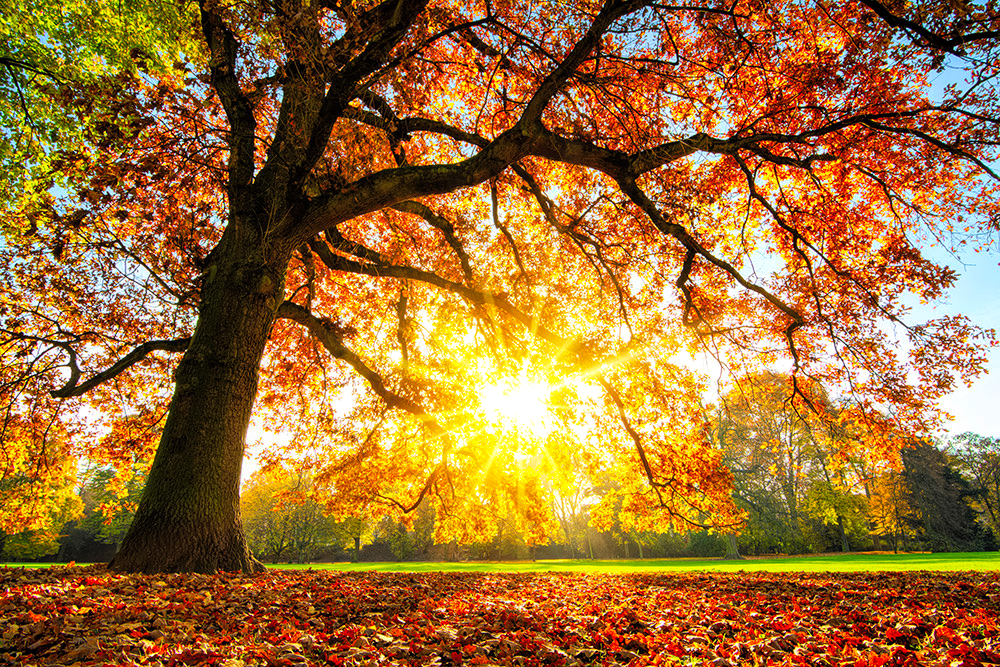
The biggest reason deer love these trees is the shade, cover, and acorns.
Southern Red Oak / Spanish Oak
Southern Red Oak trees are sometimes also referred to as Spanish Oaks, although they have no relation to any trees from Spain. Many believe this name is derived from being near to many Spanish colonies.
These trees are similar to their cousin the Live Oak and can live for well over 100 years and grow to some giant sizes.
When it comes to deer, these oak trees provide many of the same benefits that other oak species offer. From their large and spacious cover and shelter that they provide to the acorns that fall from mature trees, Whitetail Deer can usually be found anywhere there are many Southern Red Oaks.
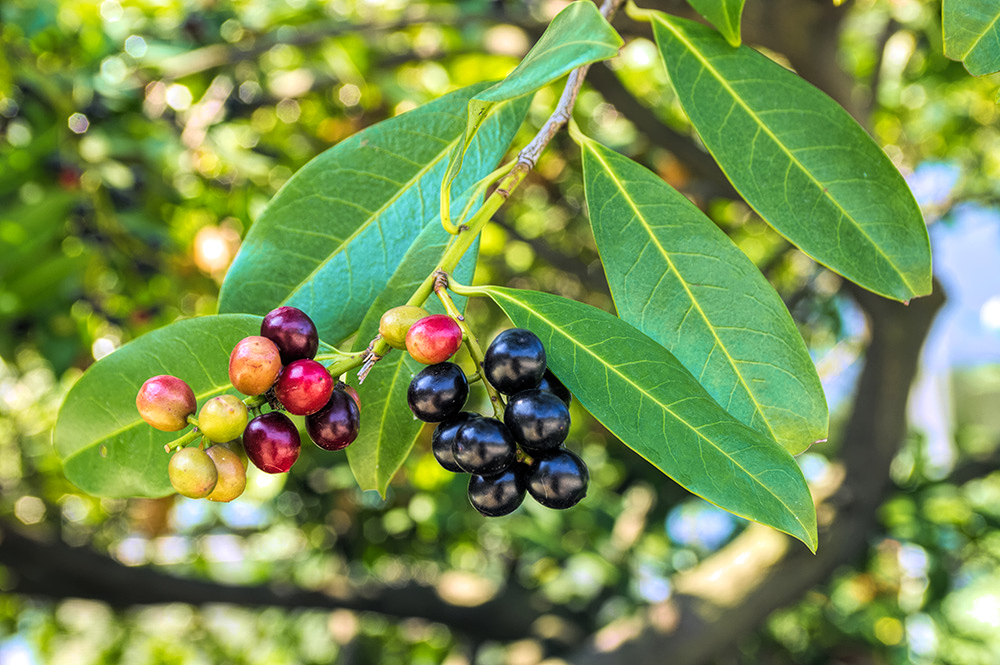
The biggest reason deer love these trees is the fruit they produce each season.
Black Cherry
Black Cherry trees are native to most of eastern North America and grow all around Texas. It is a fast-growing tree that is used to make things like furniture and other items due to its beautiful wood and its natural growth.
Black Cherry trees usually do not grow taller than around 50 feet and are a trendy tree for decoration and yards.
When it comes to deer, Black Cherry trees do not necessarily provide much cover, shelter, or concealment as other trees do due to their smaller size, but they do attract deer because of the fruit they produce each year. Almost all animals love the Black Cherry tree’s fruits, which they produce at a very young age.
Whitetail Deer will also forage on younger saplings and trees given the opportunity.
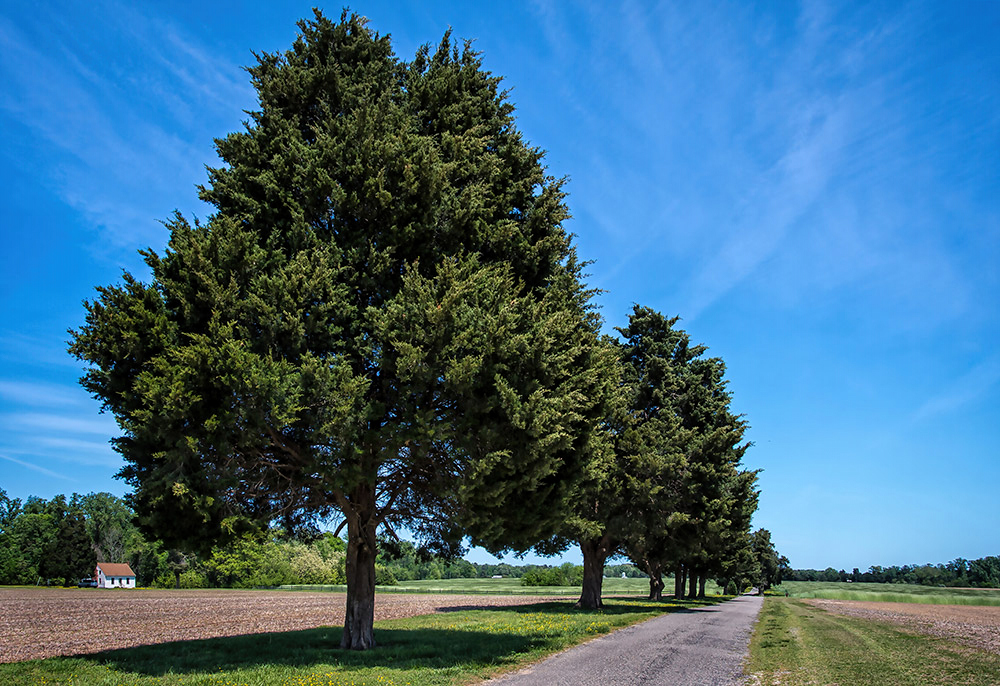
The biggest reason deer love these trees is to bed in and relax.
Eastern Red Cedar
The Eastern Red Cedar is one of the most widely populated conifer trees in the United States.
Eastern Red Cedar trees are abundant in many parts of Texas and are very good at surviving in hot or dry climates.
While these Texas trees usually grow small berries in the spring, they are not generally eaten by deer as a food source except by the deer occasionally chewing on small twigs and leaves when needed.
Deer will, however, use these Red Cedar trees to bed in and relax. Eastern Red Cedars will grow branches and limbs reasonably low to the ground, providing significant wind barriers for deer to bed and take cover-in.
It should be noted that Eastern Red Cedars do take a lot of water and compete with other species of trees if they are not managed on a property correctly. Keep this in mind if you have other good deer trees, especially those requiring a lot of water.
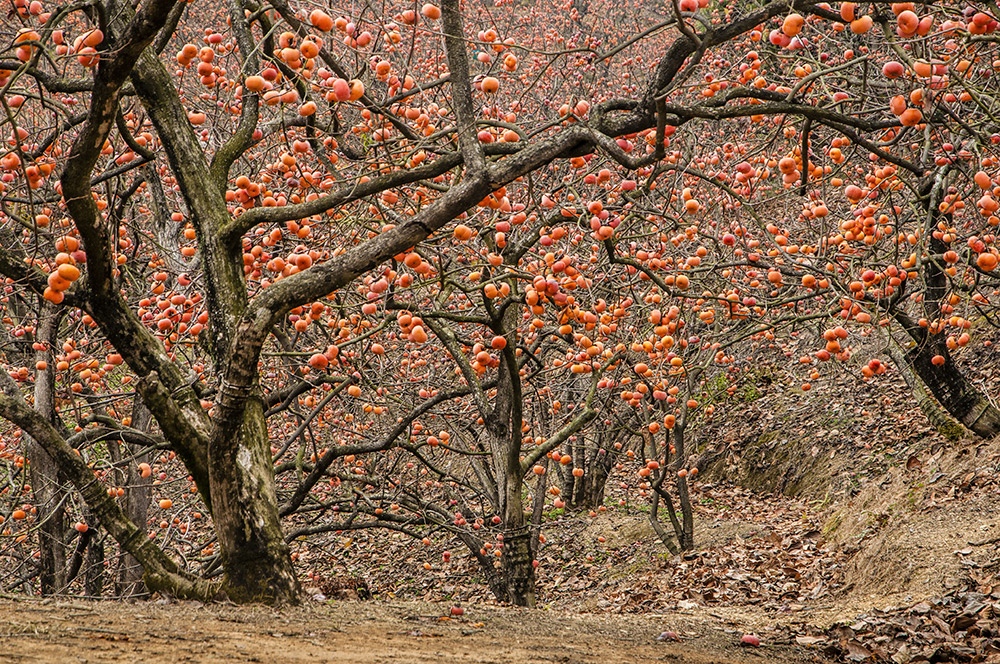
The biggest reason deer love these trees for the fruit they produce.
Plum & Persimmon Trees
The two most significant native fruit trees in Texas are Persimmon and Plum trees, although this can apply to all non-native fruit trees.
Deer love fruit and almost any fruit tree will provide them with shelter and cover but an excellent food source that will bring them back year after year.
Persimmons and Plums are almost like candy to a Texas Whitetail Deer, and if you have any of these trees on a property, you can expect to see signs of deer.
Whitetail Deer will also eat and browse on the tree’s twigs and leaves, but when the fruit starts to ripen closer to deer season, you can expect to see much more activity around these trees.
Plum trees are very similar and will produce crops every couple of years.
The most common type of Plum tree you will see in Texas is called the Flatwood Plum, which can live well over 30 years old.
Much like the Persimmon tree, deer will also browse on the leaves and twigs but give them attention when the plums begin to ripen and fall off the tree.
Final Thoughts on Texas Trees
As you can see, there are many Texas native trees that deer love.
While this is no means a complete list, these are a few of the popular native trees that seem to attract the most deer and provide them with food, shelter, or both.
By studying the Texas trees in an area, you can start to get a better understanding of the deer movements and patterns in a location. The State of Texas publishes a Native Tree Growing Guide for Central Texas that is very informational.
By utilizing specific types of Texas trees, you can begin to formulate specific hunting tactics and approaches to better help you find success while out in the field.
Texas native trees provide some excellent habitat for deer, and if you have any of these types of Texas trees on a property, there is a good chance that there will be a good number of Whitetail Deer in the area.

